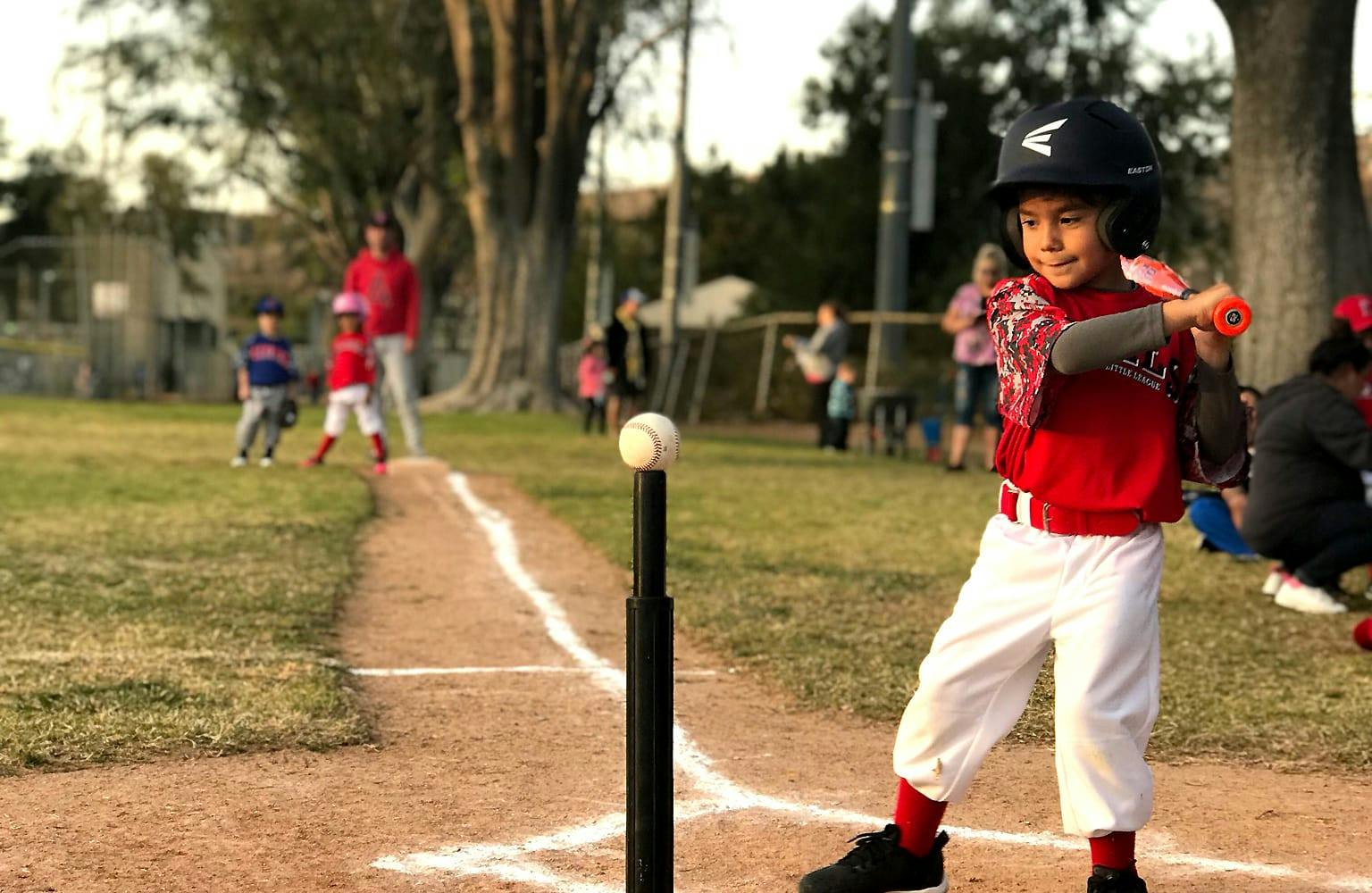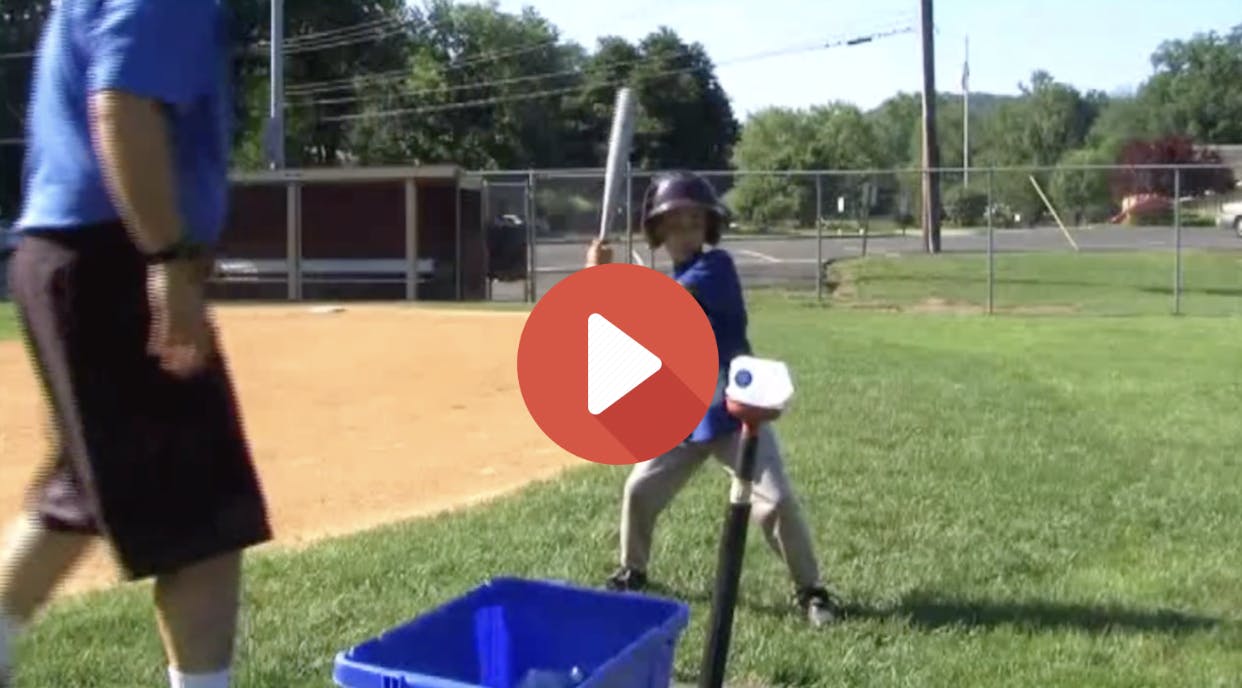Featured courses
- Understanding The Shift by Brandon Ogle
- Two Drills to Improve Outfield Movement and Communication by Grant Young
- The Ultimate Resource For Coaching Youth Baseball by Jackson Chlebowy
- Become a Master at Bunting by Brandon Ogle
- 5 Reasons Why There Is More To Good Base Running Than Just Speed by Brandon Ogle
- Three Injury-Prevention Tips For Your Offseason Pitching Program by Grant Young
- How to Teach Hitting to the Next Generation by Grant Young
- Developing Defensive-Minded Baseball Catchers by Grant Young
- 3 Baserunning Tips to Score More Runs in Baseball by Grant Young
- 5 Outfield Drills to Work on in Season by Alec Burris
- Keys For Scoring More With Runners on First and Third Base by Grant Young
- How to Develop Your Game to Become a Five-Tool Player by Brandon Ogle
- 3 Coaches Share the Keys to Running Baseball Practice the Right Way by Grant Young
- Four Drills to Sharpen a Baseball Hitter’s Vision at the Plate by Grant Young
- Four Quotes to Hit Better With Two-Strikes by Grant Young
- Four of Former MLB Pitcher Juan Nieves’ Movement-Based Pitching Drills by Grant Young
- Two Tips For Developing an Elite Baseball Bullpen by Grant Young
- Overcoming the Four Challenges of Indoor Baseball Practices Because of Weather by Grant Young
- Three Tips to Make Your Baseball Team Mentally Tougher by Grant Young
- Three Priceless Philosophies to Motivate Your Baseball Team by Grant Young
- Three Offseason Baseball Drills to Simulate Competition by Grant Young
- Three Baseball Offseason Strength and Conditioning Essentials by Grant Young
- Important Ways to Improve Your Baseball Team’s Baserunning by Grant Young
- Three Ways to Perfect Hitting Mechanics From an MLB Icon by Grant Young
- Catchers can influence pitchers...for bad or good by Drew Johnson
- Throwing Strikes and Playing Good Defense Equals Wins by Jose Ortiz
- Legendary Indiana Head Baseball Coach Bob Morgan’s Offensive Theory by Grant Young
- Tennessee Head Baseball Coach Tony Vitello on How to Practice Baserunning by Grant Young
- Three Great T-Ball Drills For Youth Baseball Players by Grant Young
- How to Manage a Baseball Pitching Staff by Grant Young
- Three Uncommon Tips to Become a Better Hitter by Grant Young
- How a Baseball Coach Can Develop Strike Throwers by Grant Young
- Drills to Develop Elite Baseball Outfielders by Grant Young
- Baseball Training Exercises to Strengthen Arm and Bat Speed by Grant Young
- How to Use Bunting to Score More Runs by Grant Young
- How To Build An Elite Baseball Infielder by Grant Young
- Three Drills to Improve Your Baseball Team's Infield Play by Grant Young
- Three Keys to Curating a Pitching Staff’s Success by Grant Young
- 3 Techniques to Develop a Baseball Player’s Hitting Approach by Grant Young
- How to Cultivate Confidence Within Your Pitchers by Grant Young
- 5 Every Day Drills To Help You Become A Better Catcher by tyler Linderman
- How to Throw A Curveball by Brandon Ogle
- How to Assemble a Lock-Down Bullpen by Brandon Ogle
- How to Throw a Sinker by Brandon Ogle
- How to be a Smart Baserunner by Brandon Ogle
- Improving a player's slugging average by Phillip Woolgar
- The 8 Fundamentals of Pitching by Drew Johnson
- How to Throw a Deceiving Changeup by Brandon Ogle
- Step Up Your Outfield Defense With These Three Drills by Jose Ortiz
- 8 Baseball Drills Every Player Should Practice by Drew Johnson
- How To Become An Elite Defensive Outfielder by Tyler Linderman
- 5 Tips For Crushing A Curveball by Johnny Grassi
- LEGENDS FOR YOUTH INCLUSION BASEBALL CLINIC by Phil
- Fourteen Ways To Turn A .300 Hitter Into A .210 Hitter by Jay P. Granat, Ph.D.
- How To Become The Ideal Leadoff Man by Brandon Ogle

Three Great T-Ball Drills For Youth Baseball Players
- By Grant Young
T-ball serves as the launching pad for most aspiring baseball players' careers. It is often where youngsters first experience the thrill of hitting a ball running the bases, and fielding balls alongside some of their best friends.
This introductory level of baseball sparks their passion for the sport and lays the foundation for their future endeavors on the field. The valuable skills and love for the game that players develop during their time in T-ball often propel them toward successful and fulfilling baseball careers as they grow and progress through the sport. And for coaches (who are usually parents experiencing coaching their kids for the first time), having a T-ball coaching guide will help them set their kids up for success.
Having a plan when coaching T-ball is crucial because coaching T-ball poses several unique challenges due to the young age and varying skill levels of the players. Patience and creativity are essential when working with children who are just beginning to learn the basics of baseball. Keeping the players engaged and focused during practices and games can be a challenge, requiring coaches to find innovative ways to teach fundamental skills while ensuring that the experience remains fun for the kids.
Additionally, effectively communicating instructions and maintaining a safe and positive learning environment are crucial aspects of coaching t-ball. Balancing the development of individual players with the overall progress of the team can also present its own set of challenges. Despite these difficulties, coaching t-ball can be incredibly rewarding as coaches witness the growth and enthusiasm of the young athletes under their guidance.
And Marty Schupak has a few great drills that blend fun and instruction that all T-ball coaches can utilize.
Coach Schupak has been coaching baseball for 25 years. He has coached over 1,600 kids in various youth sports. Many of his former players have gone on to play in high school & beyond. He has served on many leagues' boards of directors and is a member of the American Baseball Coaches Association. He is the founder of the Youth Sports Club, a group dedicated to improving youth baseball practices, as well as the author of ‘Baseball Coaching’.
His ‘T-Ball Skills & Drills’ course is the perfect entry into basic yet effective drills that any T-ball coach can employ with great results.
Hit the Tee
Before any actual hitting off a tee takes place, Coach Schupak suggests that players should begin by hitting the actual tee instead.
He suggests that a coach can place three pieces of different colored tape at distinct levels on top of each other at the tee’s neck. The player will then get in their hitting stance. Once they do so, the coach will call out one of the three tape colors, and the player will then swing at that piece of tape.
This will help players get used to swinging the bat at a specific target without getting preoccupied with the potentially distracting result that comes when hitting a baseball. It also keeps the player’s eyes locked in a specific section of the tee, which will help build hand-eye coordination that will become integral when they’re being pitched balls later on in their baseball journey. The longer their eyes remain on their target, the better chance they have at making contact.
Another reason why this drill is excellent for beginner baseball players is that it’s nearly impossible for any player, regardless of age or skill level, to miss the tee completely when swinging at the various pieces of tape. This creates a level of positive reinforcement that will get the player feeling good about their swings, and make them eager to keep progressing from that point.
Plunger Drill
Asking a T-ball player to hit a baseball off of a batting tee for the first time is a tough ask, given how underdeveloped their hand-eye coordination and balance will be at that age. For this reason, it’s best to give the player a much bigger target than a baseball to hit off of once they’ve graduated from hitting the tee directly.
This is why Coach Schupak suggests what he calls the Plunger Drill. This involves taking a bathroom plunger, turning it upside down, and inserting it into a regular rubber tee. From there, the coach will want to place a large-sized ball (like a light kickball or any rubber or plastic ball) on top of the tee for the player to swing at, instead of a typical baseball.
Once the player demonstrates an ability to make solid, repeated contact with whichever ball you chose for this plunger drill, you can progressively use smaller and smaller balls on top of the plunger, before ultimately taking the plunger out and placing a regular ball on top of the tee instead.
Recycle Bin Drill

Being creative is crucial when it comes to getting your youth baseball players intrigued by baseball. A great way to be creative is by using Coach Schupak’s Recycle Bin Drill.
This drill simply requires getting the plastic bottles and other non-breakable objects out of a recycle bin and placing them on top of the tee (ideally with the aforementioned plunger so the items stay on the tee better) and having your players hit them.
Each oddly shaped object presents a different sweet spot for the player to swing at, which creates a fun and intriguing challenge for them.
After hitting these items off a tee, the coach can progress to soft-tossing these items for the player to hit from their side. This is best done with the player hitting the items into a wall or chain-link fence.



